The Red Deal: Indigenous Action to Save Our Earth
by The Red Nation
The Red Deal is a manifesto and movement by The Red Nation, a coalition of Indigenous and non-Indigenous activists, advocating for Indigenous liberation and a revolutionary left position on climate justice. The book builds upon the 2010 People’s Agreement drafted in Cochabamba, Bolivia, which outlined principles of ecofeminism, ecosocialism, and anti-imperialism.
The Red Deal argues that a Green New Deal must be "Red" - focused on Indigenous liberation and decolonization, recognizing that the climate crisis is deeply intertwined with settler colonialism and US imperialism.
The book outlines four core principles for organizing:
- What creates crisis cannot solve it: The authors call for divestment from institutions that perpetuate the crisis, such as the military, police, prisons, and fossil fuel industries.
- Change from below and to the left: The Red Deal emphasizes the importance of grassroots organizing and mass movements, building power from below rather than relying on politicians and reforms.
- Politicians can’t do what only mass movements do: The book argues against reformist approaches that attempt to improve the system while upholding its underlying structures. It advocates for non-reformist reforms that challenge existing power structures and redistribute wealth.
- From theory to action: The Red Deal emphasizes practical action and movement-building over theoretical debates. It calls for a militant, unified movement to achieve liberation and heal the planet.
The Red Deal is divided into three main sections:
Part I: Divest: End the Occupation
- Focuses on dismantling the military and prison industrial complex (MPIC), arguing for divestment from:
- Police, ICE, CBP, and Child Protective Services
- Bordertown violence
- Incarceration (prisons, jails, juvenile detention centers)
- Imperial occupation (overseas US military bases)
- Imperial borders
- Calls for defunding and abolishing these institutions and reinvesting resources in communities.
- Highlights the interconnectedness of Indigenous sovereignty, anti-imperialism, and climate justice.
- Urges support for movements fighting for migrant justice, abolition of prisons, and defunding the police.
Part II: Heal Our Bodies: Reinvest in Our Common Humanity
- Addresses social injustices and systemic inequalities exacerbated by capitalism, including:
- Citizenship and equal rights for immigrants
- Free and sustainable housing for all
- Free and accessible education
- Free and adequate healthcare
- Free, reliable, and accessible public transportation and infrastructure
- Noncarceral mental health support and suicide prevention
- Healthy, sustainable, and abundant food
- Clean water, land, and air
- Ending gender, sexual, and domestic violence
- Ending Missing and Murdered Indigenous Women, Girls, and Two-Spirit Peoples (MMIWG2S)
- Calls for a caretaking economy that prioritizes the well-being of people and the planet over profit.
- Emphasizes the importance of grassroots organizing, mutual aid, and community self-defense.
Part III: Heal Our Planet: Reinvest in Our Common Future
- Argues that Indigenous knowledge and leadership are essential for healing the planet.
- Highlights the need for clean sustainable energy initiatives led by Indigenous peoples, with a focus on:
- Ending fossil fuel extraction and transitioning to renewable energy
- Addressing the environmental and social impacts of lithium mining
- Creating sustainable jobs in the green energy sector
- Advocates for traditional and sustainable agriculture based on Indigenous practices, including:
- Land return and restoration
- Seed sovereignty and revitalization of Indigenous food systems
- Ending the dominance of big agriculture and GMOs
- Calls for protection and restoration of sacred sites as a key element of Indigenous sovereignty and environmental justice.
- Emphasizes the importance of enforcing treaty rights and other agreements between Indigenous nations and colonial powers.
The Red Deal is a call for collective action, a powerful articulation of Indigenous resistance, and a vision for a just and sustainable future. The book challenges readers to question existing systems of power, embrace Indigenous knowledge, and join in the struggle for liberation.
